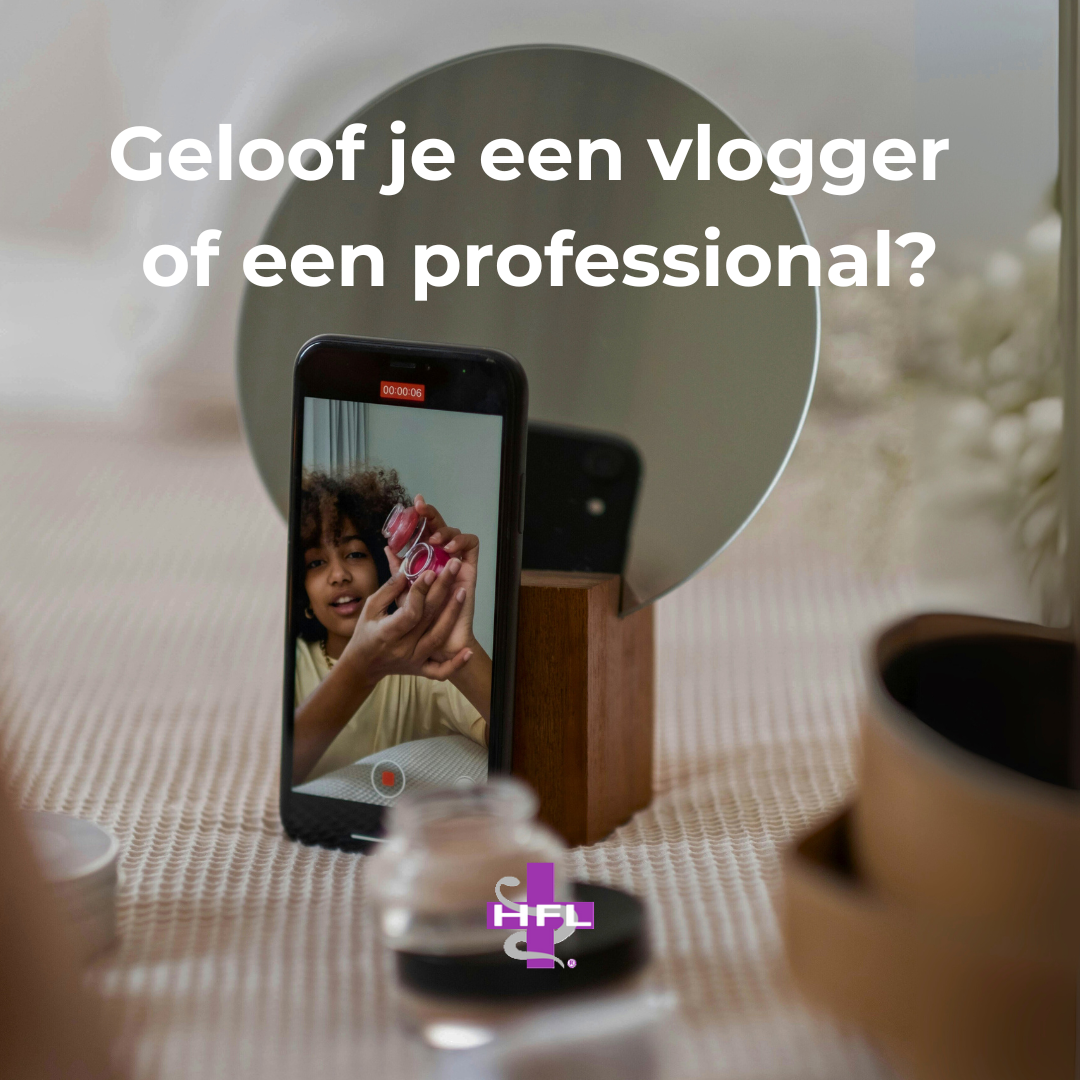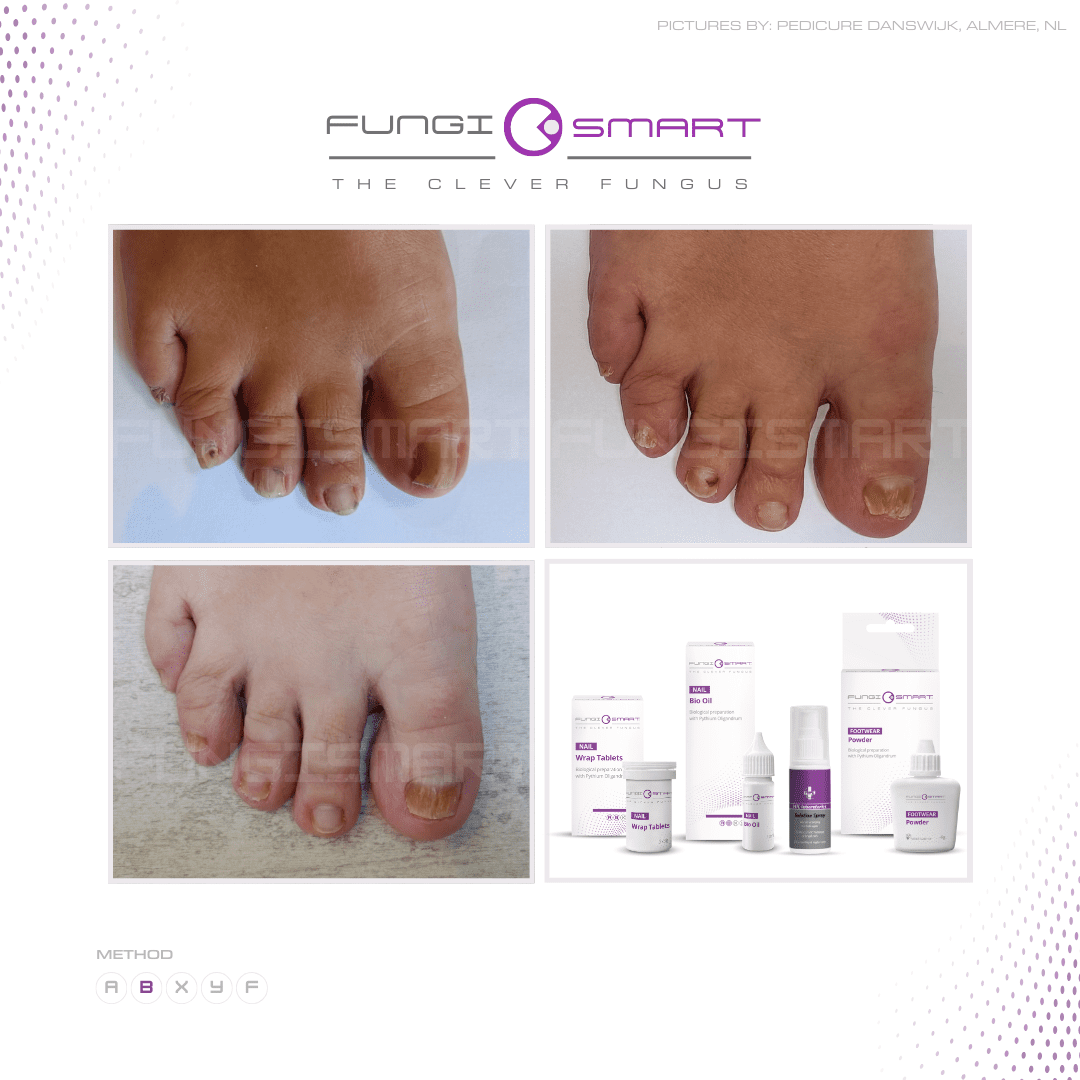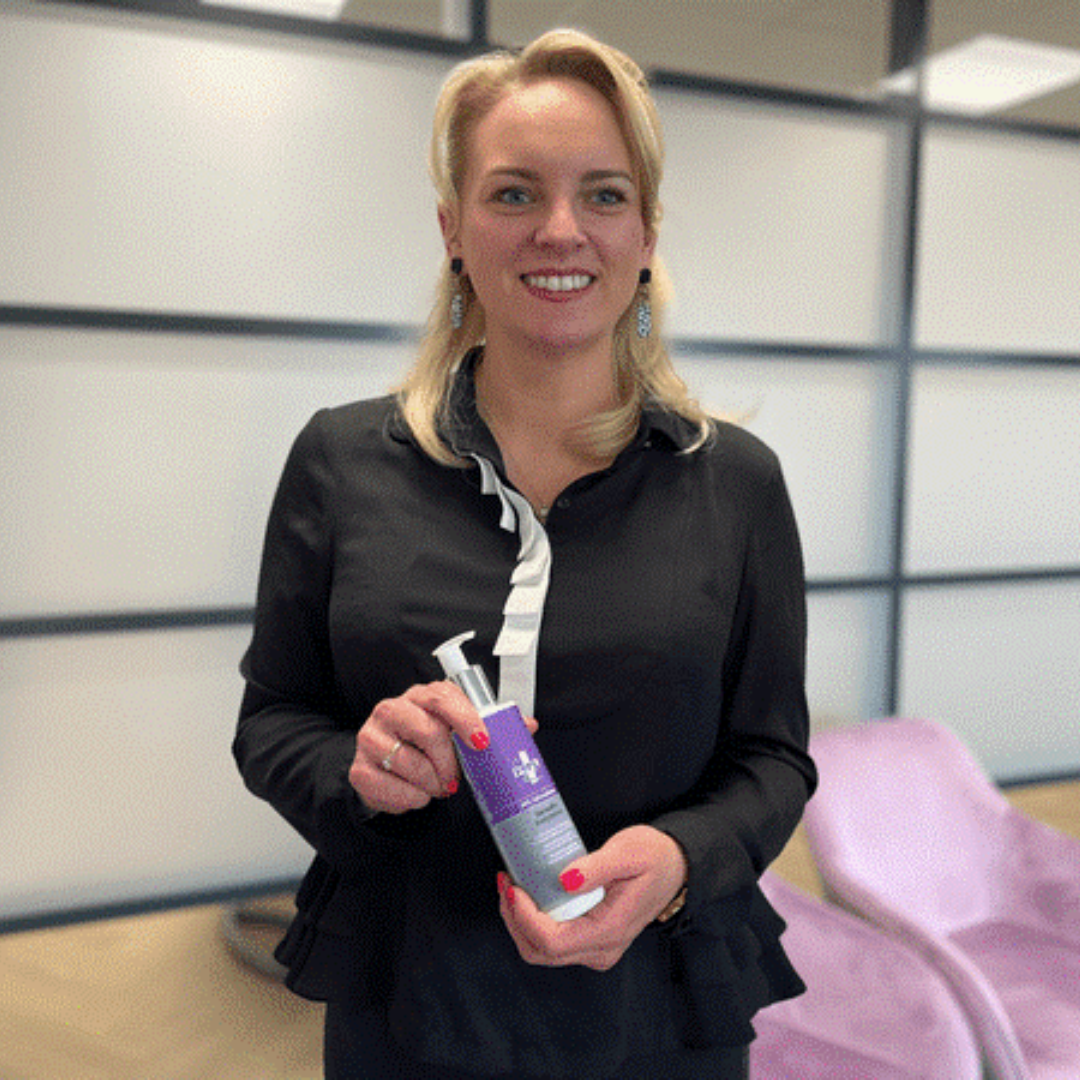
We scroll, see and believe. Advice comes from everywhere and is credibly presented. It comes from a coach on Instagram, a vlogger with acne experience or a TikTokker who explains in 15 seconds why the product she is sponsored is a panacea for everything is.
These are often half-truths or untruths that they convey credibly. But why does this feel more trustworthy to some than a consultation with the GP, pedicurist or other healthcare professional?
The power of recognition
We trust people who look like us. This is a simple psychological reflex. A woman who got her eczema under control with smoothies and probiotics feels recognisable and achievable to someone with the same symptoms. A doctor talking about genetic predisposition, skin barrier and immune response sounds distant. The result: the woman wins, even without right or evidence.
Many professionals notice it daily. "But I saw on TikTok that eczema comes from bowels, so I don't want any more ointment." The professional then faces not only the patient, but also an army of online opinions that feel familiar to the patient.
Manipulating with images
A TikTok in which a mother smears her baby with "chemical junk" will stick around longer than a doctor explaining that SPF30 is up to UVB radiation filter 97%. Our brain remembers emotions better than facts. Especially anger, insecurity and fear get our attention. Influencers and marketers know this all too well and play on it. So it becomes difficult to figure out what is real. Fortunately, we have science for this, where you can test results. When these results give the same outcome time after time, you can determine without doubt what does and does not work.
An example? Consider videos where someone shows how e.g. eczema 'disappeared' after a month without gluten. Such personal stories get millions of views, while the medical nuance, that this only applies to a small proportion of people, often gets no attention. The result: an illusion of a solution, without proof.
Simple solutions to difficult problems
"Eczema comes from food". It sounds logical, clear and it gives hope. Because if you know what causes it, you can fix it yourself. But the reality is more complex: eczema usually arises from a mix of predisposition, skin barrier problems and environment. Yet nuance loses out to simplicity.
Our brain prefers to choose information that feels easy (cognitive ease) than for information that is accurate but complex. This explains why a short video with a simple message convinces more strongly than a 20-minute consultation full of medical terms. Psychological mechanisms such as social proof: we believe what others show, and the availability bias: what is easy to remember, feels trustworthy, work in favour of influencers in this regard.
False authorities
On social media, authority works differently. No diplomas, studies or guidelines, but soft colours, groomed videos and medical terms without context. It looks professional and so it feels trustworthy. Our brain trusts packaging, even if the content is shaky. So always check sources before assuming something as truth.
What can you do as a healthcare provider?
Listen and substantiate your answer. Facts alone do not convince. It starts with curiosity and understanding. Therefore, below are some tips on how to deal with misinformation:
- Ask what appealed to the patient in the video they believe
- Acknowledge the need behind the movie: grip, security, recognition.
- Then explain the difference between a personal experience and validated knowledge.
- Think visually: use images or animations. Use the power of images like influencers do.
- In doing so, use simple language and real-life examples. Not just numbers, but stories that touch.
- Work with metaphors: "Think of your microbiome as a garden. Chemical antifungals set the garden on fire to chase away the fox. FungiSmart sends a dog into the garden to chase away that same fox, that way your garden stays fine."
Conclusion
People believe influencers not because they are right, but because they communicate recognisably, simply and emotionally. As a result, doctors and healthcare professionals are unfairly losing the race for trust. The answer lies not in shouting louder, but in connecting smarter to the client's needs. Expertise only really convinces when it is packaged in human language.
Do you have experience of this in your salon? Or do you know a good way to deal with it? Let us know in the comments or via our HFL Professionals Facebook page!



